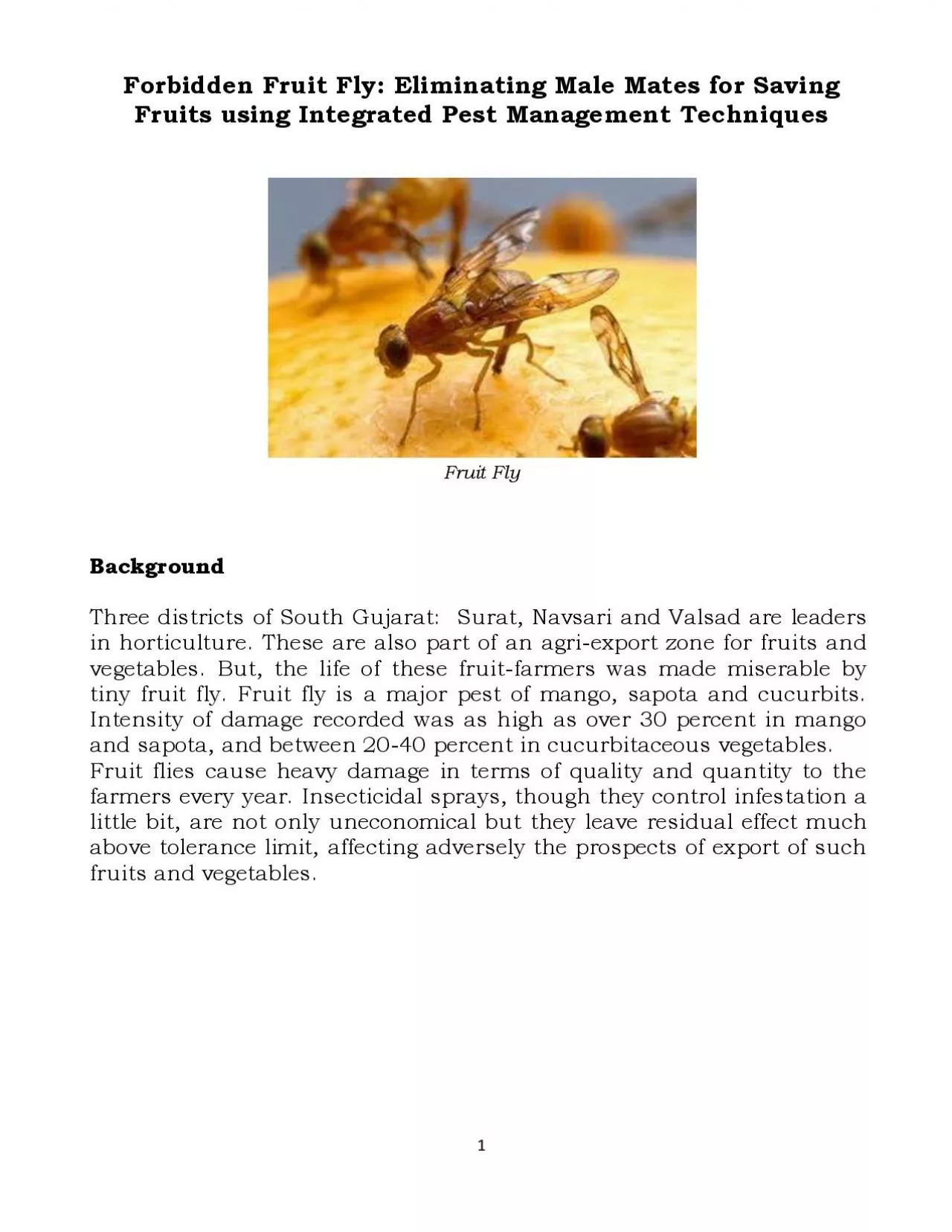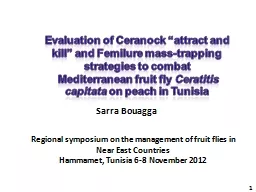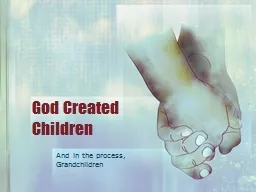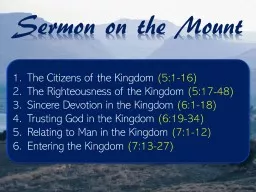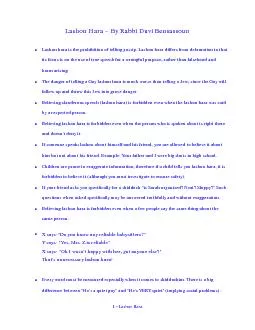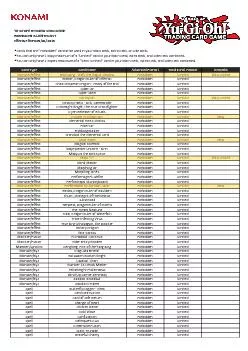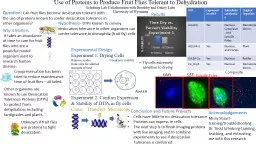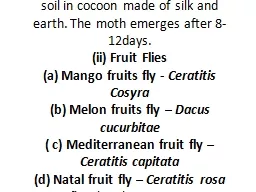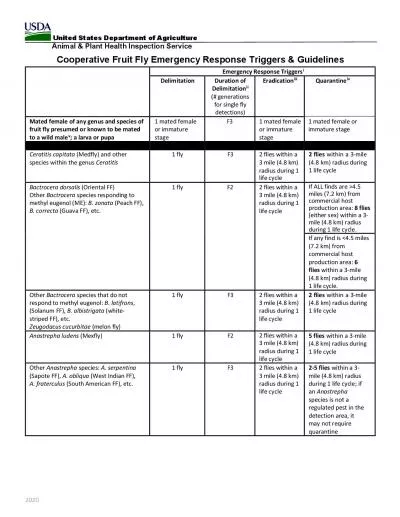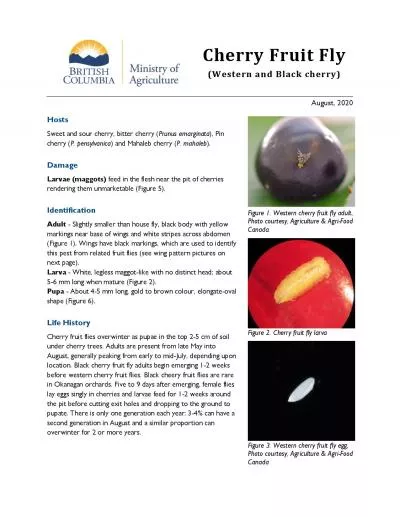PDF-Forbidden Fruit Fly
Author : molly | Published Date : 2022-09-23
1 Eliminating Male Mates for Saving Fruits using Integrated Pest Management Techniques Fruit Fly Background Three districts of South Gujarat Surat Navsari and
Presentation Embed Code
Download Presentation
Download Presentation The PPT/PDF document "Forbidden Fruit Fly" is the property of its rightful owner. Permission is granted to download and print the materials on this website for personal, non-commercial use only, and to display it on your personal computer provided you do not modify the materials and that you retain all copyright notices contained in the materials. By downloading content from our website, you accept the terms of this agreement.
Forbidden Fruit Fly: Transcript
Download Rules Of Document
"Forbidden Fruit Fly"The content belongs to its owner. You may download and print it for personal use, without modification, and keep all copyright notices. By downloading, you agree to these terms.
Related Documents

